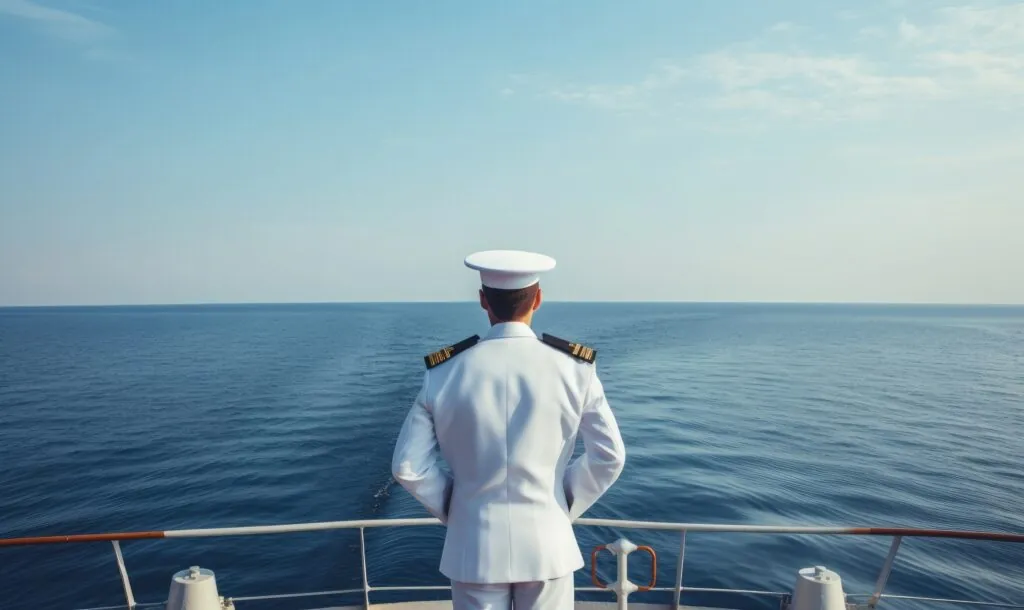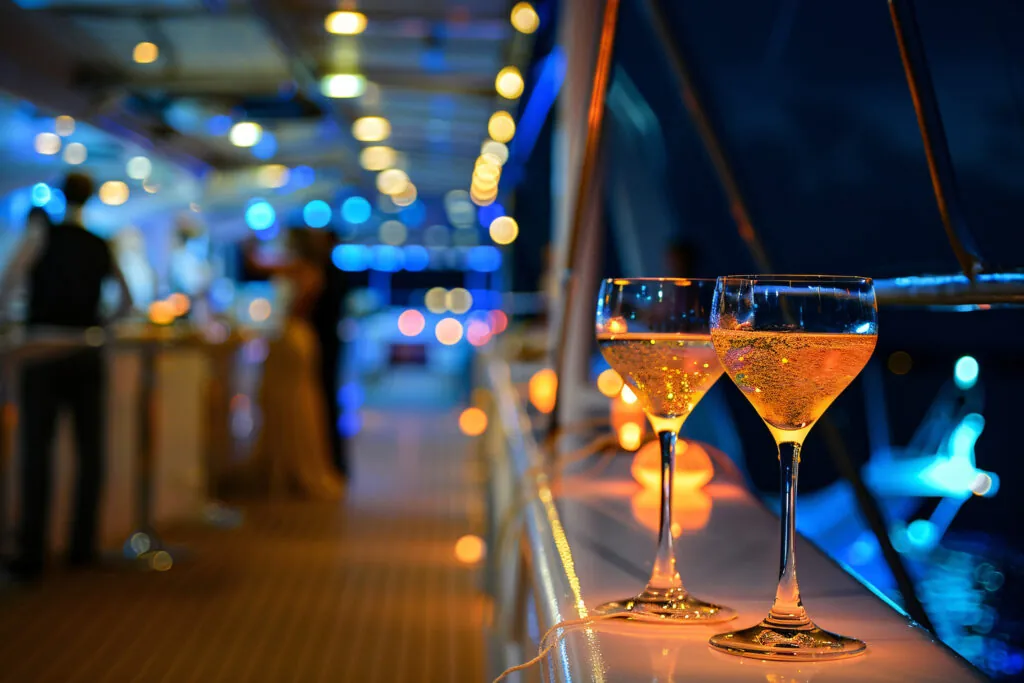When Fun Turns Dangerous: Recreational Injuries on Cruise Ships and What You Need to Know
The recent water slide injury aboard Icon of the Seas is a wake-up call for cruise passengers—and a reminder that not all hazards are hidden below deck.
Yesterday, a passenger’s dream vacation took a painful detour when a water slide on Royal Caribbean’s Icon of the Seas—the world’s largest cruise ship—malfunctioned mid-ride. A section of the slide reportedly broke, injuring the rider and forcing the cruise line to respond publicly.
While Royal Caribbean has acknowledged the incident, full details remain under wraps. But the event serves as a stark reminder: on cruise ships, even the attractions designed for joy can pose serious risks.
The Perils of Play at Sea
When most people think of cruise ship injuries, they imagine slippery decks, food poisoning, or shore excursion accidents. But modern cruise ships are essentially floating theme parks—stocked with pools, climbing walls, zip lines, surf simulators, mini-golf, and, yes, waterslides.
Each of these attractions comes with its own set of maintenance needs, staffing requirements, and inherent dangers. When something goes wrong—whether due to mechanical failure, poor oversight, or insufficient safety warnings—the consequences can be serious, even catastrophic.
And cruise lines? Let’s just say their first priority is not always transparency.
Not an Isolated Incident
This isn’t the first time a recreational amenity has caused injuries at sea. Past reports have included:
- Wave pool concussions: Simulated surf may look fun, but wipeouts can lead to head trauma or broken bones.
- Rock climbing wall falls: Harness failures or improper supervision have led to falls and severe injuries.
- Unsupervised hot tubs: With no lifeguards present, children and even adults have drowned or suffered burns.
- Broken waterslide seams and sharp edges: These have caused lacerations, bruising, and worse.
Even so-called “quiet” attractions like jogging tracks or pool decks can become dangerous when maintenance is lax or safety signage is missing.
What Are Cruise Lines Responsible For?
Cruise lines owe their passengers a duty of care. That includes ensuring that all recreational equipment is:
- Regularly inspected and maintained
- Supervised by properly trained staff
- Clearly labeled with age, weight, or health warnings
- Promptly closed if a defect is discovered
When they fail in these duties—and someone gets hurt—that’s where we step in.
What Should You Do If You’re Injured on a Cruise?
If you or a loved one suffers an injury during a cruise, especially involving recreational activities:
- Report it immediately. Get the incident on record with ship personnel.
- Document everything. Take photos, gather witness statements, and note the time/location.
- Seek medical attention onboard and at port. Cruise medical logs can be crucial evidence.
- Don’t sign anything without legal advice. Cruise lines may try to limit liability.
- Call a maritime injury lawyer. (Hint: That’s us.)
The Bottom Line
Cruise vacations are meant to be fun—but that doesn’t mean passengers should accept unnecessary risks. As cruise ships get bigger, flashier, and more amusement-park-like, passengers deserve better protection—and real accountability when something goes wrong.
At The Cruise Injury Law Firm, we specialize in holding cruise lines accountable when their negligence leads to injury. If your vacation turned into a nightmare, let us help you navigate your way to justice.
Need legal advice after a cruise injury? Contact us today for a free consultation.





